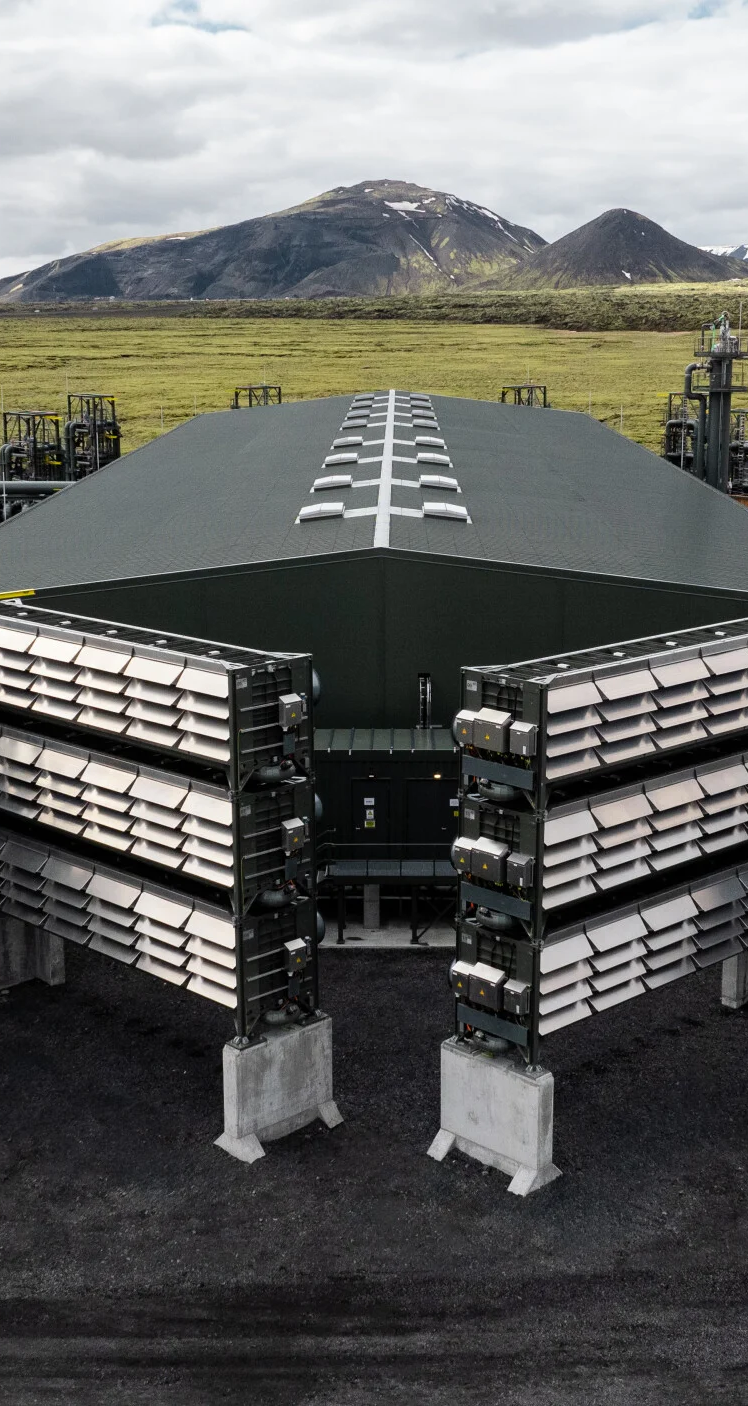What is biodiversity and why does it matter?
There’s a lot of talk about biodiversity in the corporate climate sphere, and for good reason. Global biodiversity is declining rapidly. “We’re in the middle of the Sixth Mass Extinction,” says Dick Cameron, Pachama’s VP of Science. “This one is the only one driven by human activity and the drivers of that loss are relatively well understood — climate change, pollution, and habitat loss are global impacts on biodiversity. In certain places, over-harvesting and invasive species are affecting native populations.”
On average, relative to 1970, we’ve seen a 69% decline in monitored populations. “That’s just mind-blowing,” says Cameron. “It really brings home the challenge that we’re in and the need to act.”
Biodiversity offers significant advantages to society beyond the intrinsic value of wild ecosystems, including crucial benefits like pollination, storm attenuation, and much more.
Fortunately, we are seeing a widespread increase in engagement on biodiversity concerns. A number of multilateral organizations, NGOs, and now private companies are stepping up to address biodiversity loss. This is partly driven by a newfound pressure from various corporate voluntary disclosure frameworks with a focus on nature and biodiversity, including the Taskforce on Nature-related Financial Disclosures (TNFD), the European Union’s Corporate Sustainability Reporting Directive (CSRD) and the Science-Based Targets Network’s targets for nature.
In this article, we outline what companies need to know to initiate biodiversity initiatives effectively.
How is biodiversity measured?
The first step to addressing the biodiversity crisis is to quantify the scale of the problem. There are a number of ways to do that. One sophisticated biodiversity measurement tool is the IBAT, or Integrated Biodiversity Assessment Tool, a web-based mapping and reporting tool that gives companies access to critical biodiversity information. IBAT can help inform corporate biodiversity strategies through:
- Measuring: IBAT provides complete corporate biodiversity assessments, screening, and disclosure.
- Identifying opportunities: IBAT helps companies understand their exposure to biodiversity risks and opportunities.
- Taking action: IBAT helps companies incorporate biodiversity into their sustainability strategy, backed by data.
Specifically, IBAT’s Species Threat Abatement and Restoration Metric (STAR) is a biodiversity metric that identifies a project’s potential to reduce species extinction risk through conservation and restoration.
Biodiversity and carbon markets
Many companies invest in forest carbon projects for their carbon sequestration benefits. But beyond their carbon benefits, forest carbon projects also provide habitat for native flora and fauna, increase or maintain habitat connectivity, improve or maintain soil, water, and air quality, support regional climate benefits, and improve human health and well-being.
Forest carbon projects provide biodiversity advantages, including:
- Ecosystem services: Every hectare of forest provides $1,700 of value in ecosystem services like air and water quality
- Biodiversity: Forests provide a home for 80% of all terrestrial biodiversity
- Community: A quarter of the world’s population relies on forests for their primary income
However, not all carbon projects provide the same biodiversity benefits. For example, a reforestation project that plants just a single non-native species will typically provide far less value than a natural forest with many native species.
How can companies identify projects with a high biodiversity value? Here’s what to look for.
What buyers should look for in conservation projects
Conservation projects, which aim to protect forests from planned or unplanned deforestation, are a critical tool in combatting biodiversity loss. If you’re investing in conservation projects, maximize your biodiversity impact by looking for projects that:
Are located in an area with high deforestation risk. If an intact forest is surrounded by threatened forest, the case for additionality is clear. Investing in threatened forests provides ongoing climate benefits.
- Have a high STAR conservation score (see IBAT above). High STAR scores can help point buyers to projects that will have the greatest biodiversity benefit.
- Are designed to preserve critical habits. Many forests around the world have unique plants and animals that are endemic, rare, or have enhanced conservation significance.
- Implement environmental protection programs and provide sustainable livelihood training to local communities. This ensures that local communities around and within these projects benefit from them. This is not just about improving the well-being of local communities — having community buy-in significantly improves the durability of forest carbon projects.
What buyers should look for in reforestation projects
If you’re investing in ARR (afforestation, reforestation, and restoration) projects, maximize biodiversity results by selecting projects that:
- Plant multiple native species. Projects should be focused not just on carbon sequestration but on ecological restoration, offering the ecological benefits of natural species. Planting multiple native species maximizes the chances that other native species and wildlife will be able to move into the area and thrive.
- Have a high STAR restoration score. High STAR restoration scores indicate projects with much higher biodiversity benefits.
- Are designed to maximize habitat connectivity. Habitat connectivity supports native species’ abilities to move through their landscape to avoid threats or to grow their population.
- Exists in a region that was previously forested. Doing so maximizes the likelihood that the ecosystem being created belongs in the project area, thereby increasing the project’s benefits both to local biodiversity and the environment.
- Are deeply engaged with the local community, both in how they are designed and in how they are implemented. This helps to ensure that local communities benefit from the project, but it also ensures that the forest being planted lasts for a longer time and is well suited to the local environment.
Three critical outcomes for forest carbon projects
Ultimately, the best forest carbon projects prioritize three outcomes: climate, community, and biodiversity. These three critical factors are intricately linked, which means that optimizing even for just one of these factors will also help you maximize the benefits of other factors.






